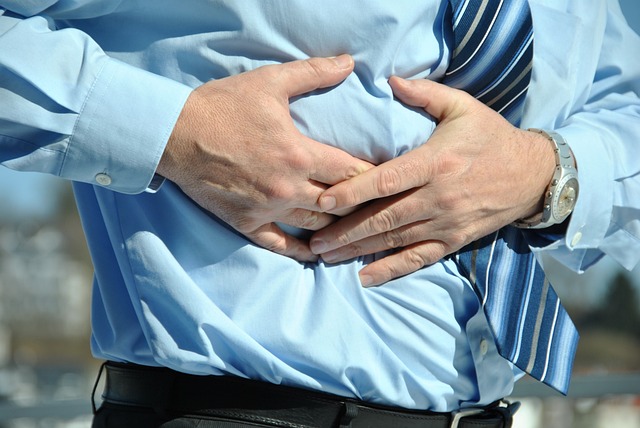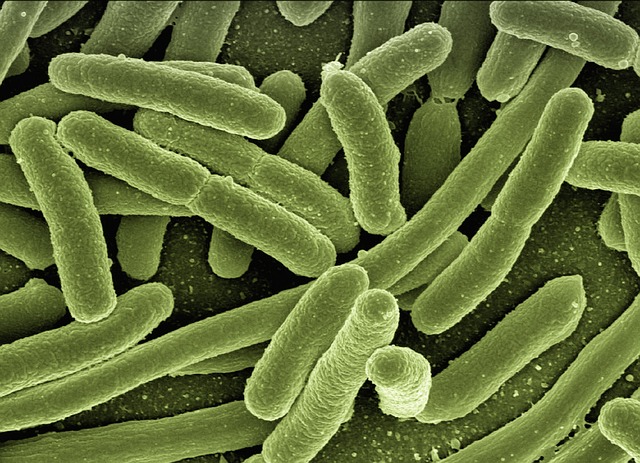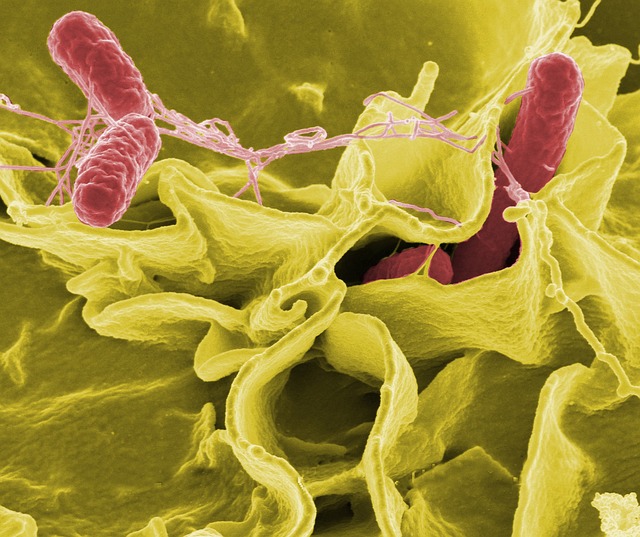Dysbiosis is a term that describes the imbalance or disruption of the normal microbiota, which are the communities of microorganisms that inhabit various parts of the human body, such as the skin, mouth, gut, and vagina. Dysbiosis can result from various factors, such as diet, antibiotics, stress, infection, or environmental exposure. Dysbiosis can have negative consequences for the host health, such as increased susceptibility to infections, inflammation, metabolic disorders, and immune dysregulation 1.

Dysbiosis is also one of the newly added hallmarks of aging, along with disabled macroautophagy and chronic inflammation. These three hallmarks are considered to be integrative hallmarks, meaning that they are downstream effects of the primary and antagonistic hallmarks of aging 2.
The primary hallmarks are genome instability, telomere attrition, epigenetic alterations, and loss of proteostasis. The antagonistic hallmarks are deregulated nutrient sensing, mitochondrial dysfunction, cellular senescence, and stem cell exhaustion 3.
Dysbiosis is closely related to the other hallmarks of aging. For example, dysbiosis can affect the stability and repair of DNA, the maintenance and expression of epigenetic marks, the clearance and folding of proteins, the regulation of nutrient-sensing pathways, the function and biogenesis of mitochondria, the removal and secretion of senescent cells, and the differentiation and renewal of stem cells 12. Conversely, these hallmarks can also influence the composition and function of the microbiota.

Therefore, dysbiosis is not only a hallmark of aging but also a mediator and modulator of aging. Modifying or restoring the microbiota may be a promising strategy to delay or reverse aging and improve healthspan.
Several interventions have been shown to modulate or improve the microbiota in animal models or human subjects, such as probiotics, prebiotics, synbiotics, fecal microbiota transplantation (FMT), dietary changes (e.g., fiber-rich foods), pharmacological agents (e.g., metformin), natural compounds (e.g., polyphenols), genetic manipulation (e.g., CRISPR-Cas9), and lifestyle modifications (e.g., exercise) 14.



However, more research is needed to understand the molecular mechanisms and regulation of the microbiota-host interactions in different cell types, tissues, organs, and systems. Moreover, more studies are required to evaluate the safety and efficacy of microbiota-modifying interventions in humans.
Furthermore, more biomarkers are needed to monitor and measure the microbiota levels and outcomes in vivo. Finally, more clinical trials are needed to test the potential benefits of microbiota modulation for preventing or treating age-related diseases.
In conclusion, dysbiosis is a hallmark of aging that reflects the imbalance and disruption of a vital symbiotic relationship between the host and its microorganisms. Improving microbiota health may be a key to achieving longevity and well-being.
1: https://www.news-medical.net/health/Dysbiosis-and-Aging.aspx
2: https://longevity.technology/news/a-decade-of-research-expands-the-hallmarks-of-aging-from-nine-to-twelve/
3: https://en.wikipedia.org/wiki/Hallmarks_of_aging
4: https://www.thelri.org/dysbiosis

